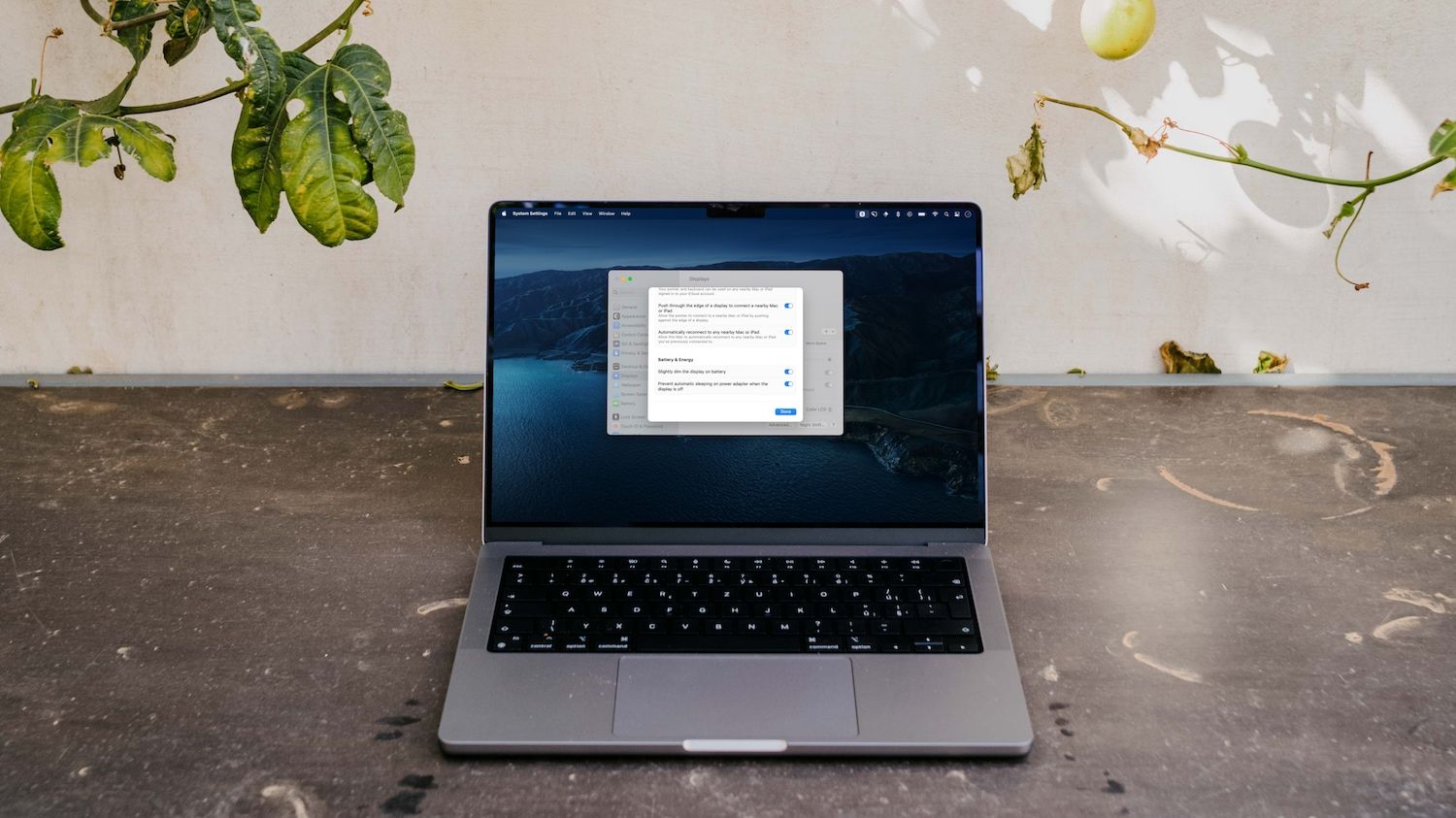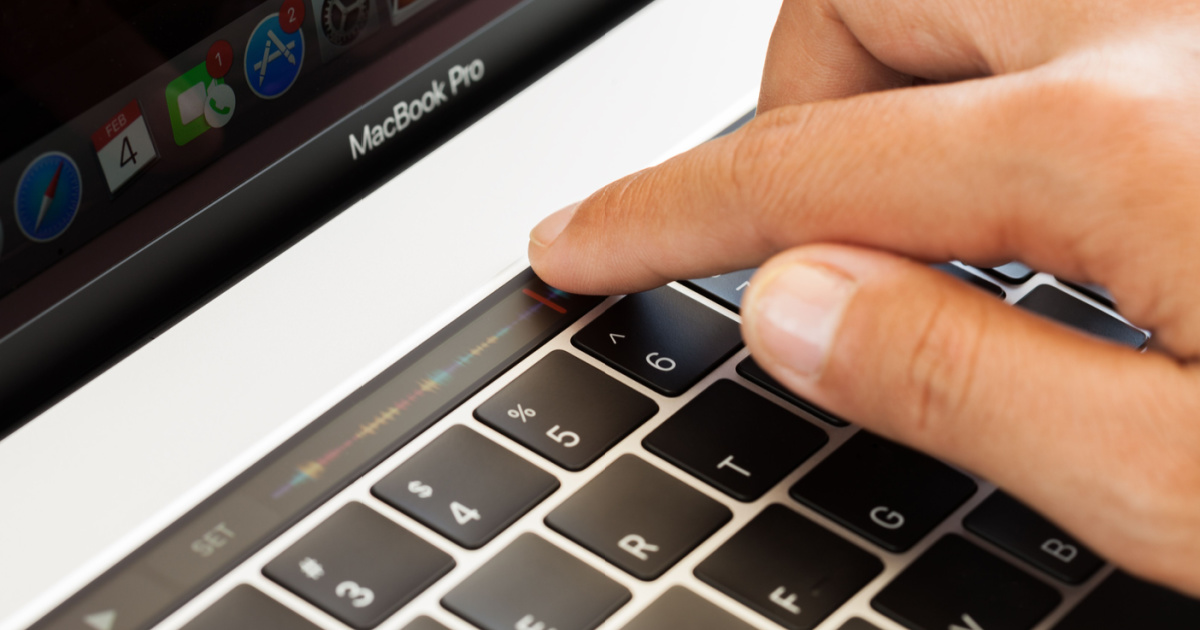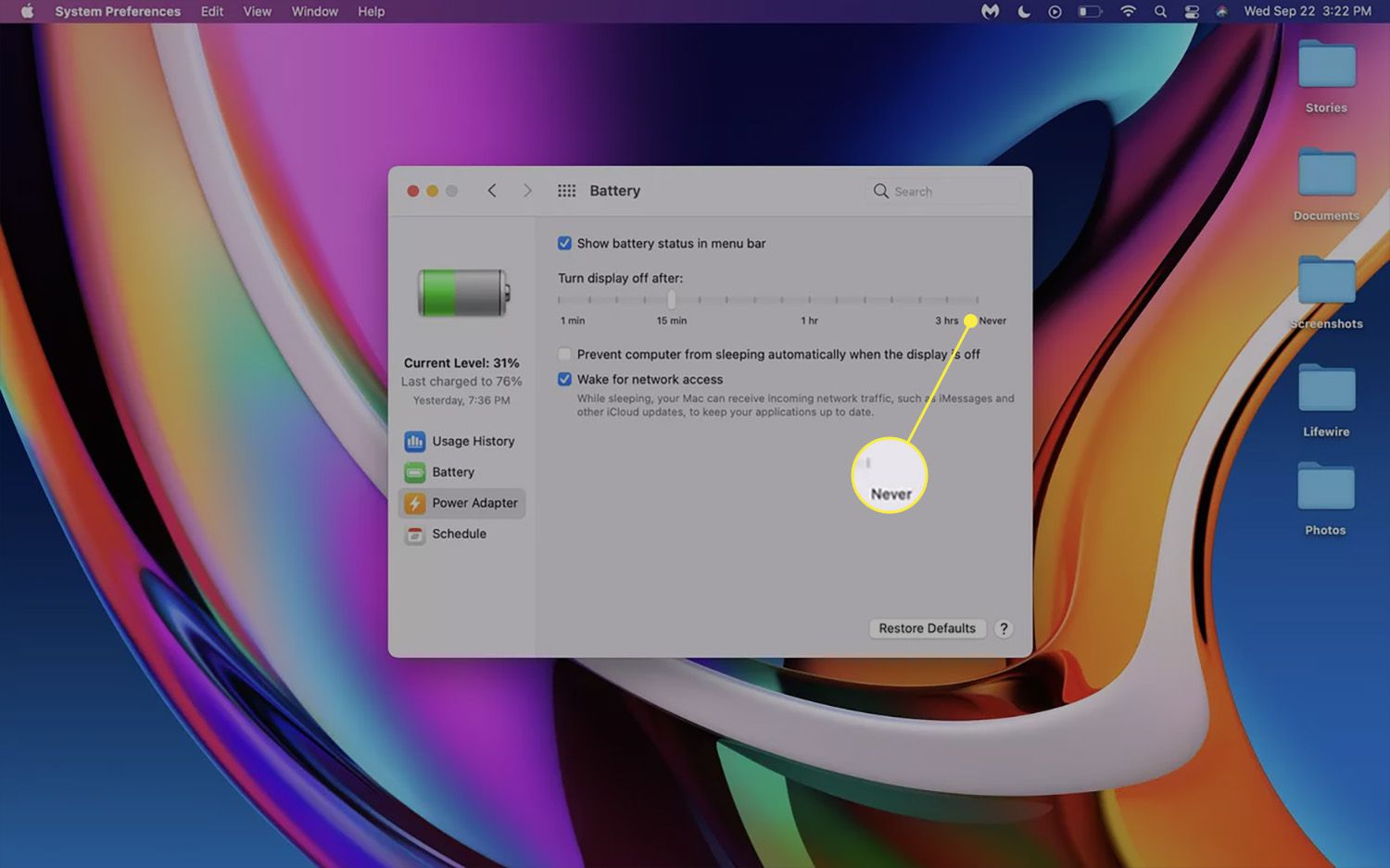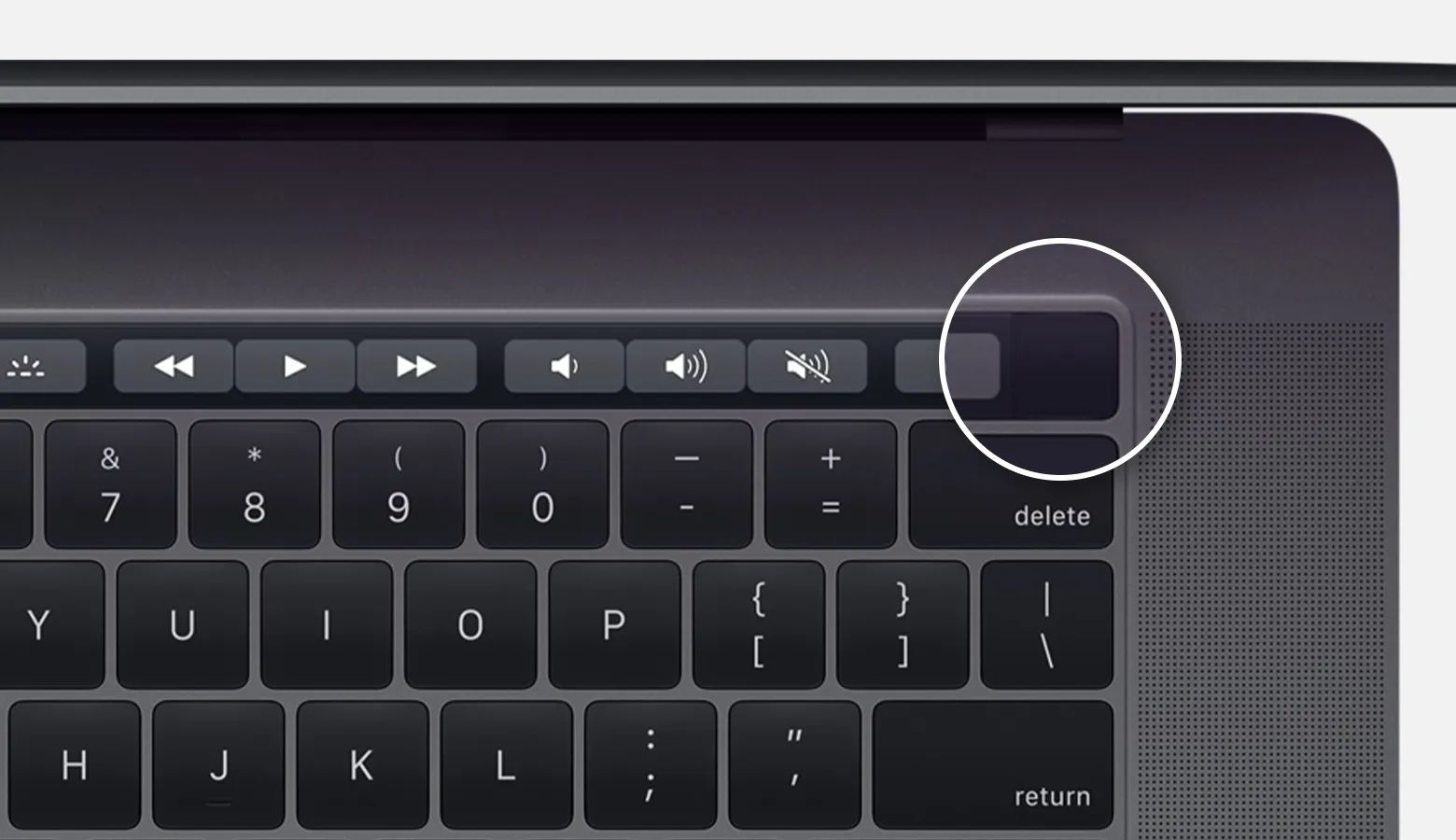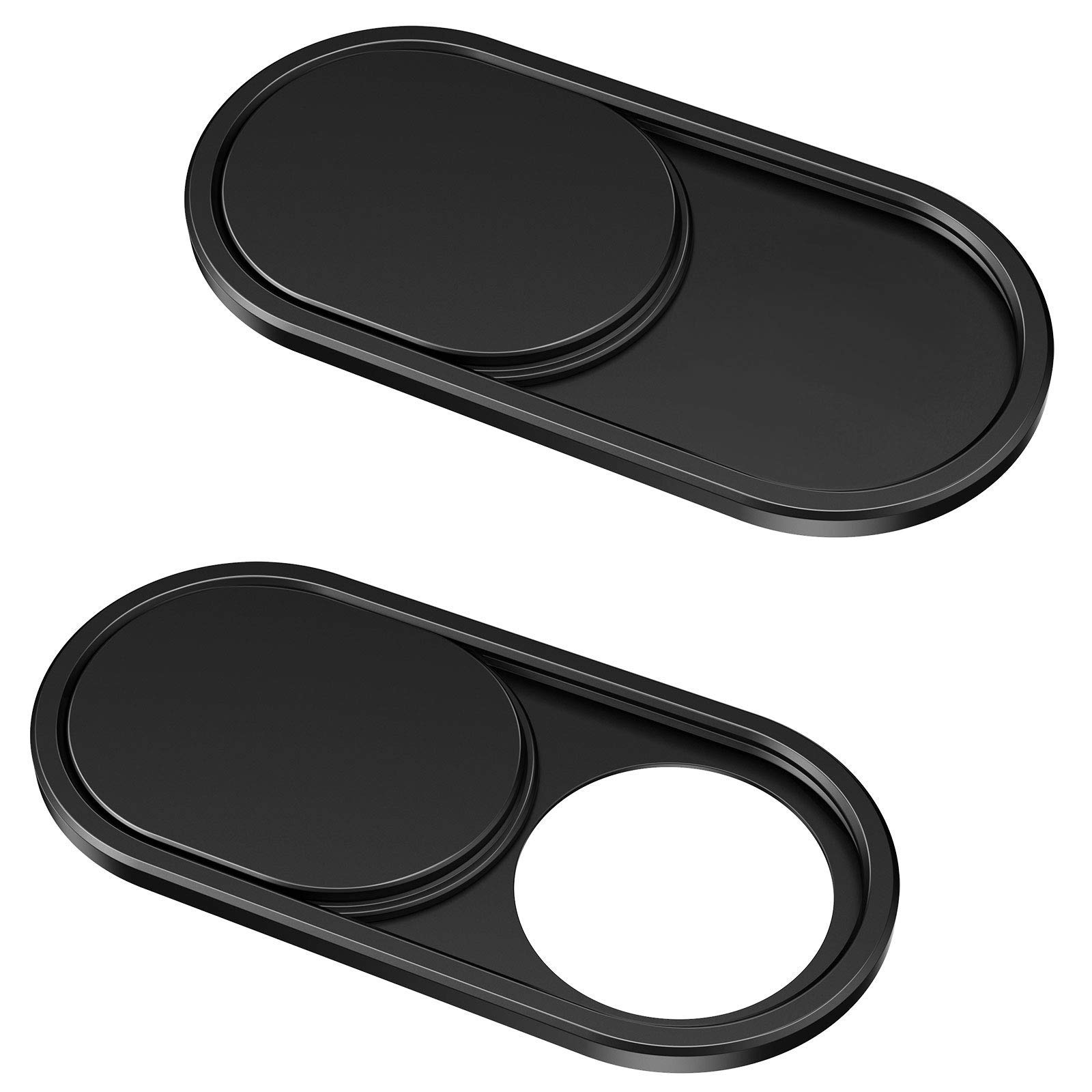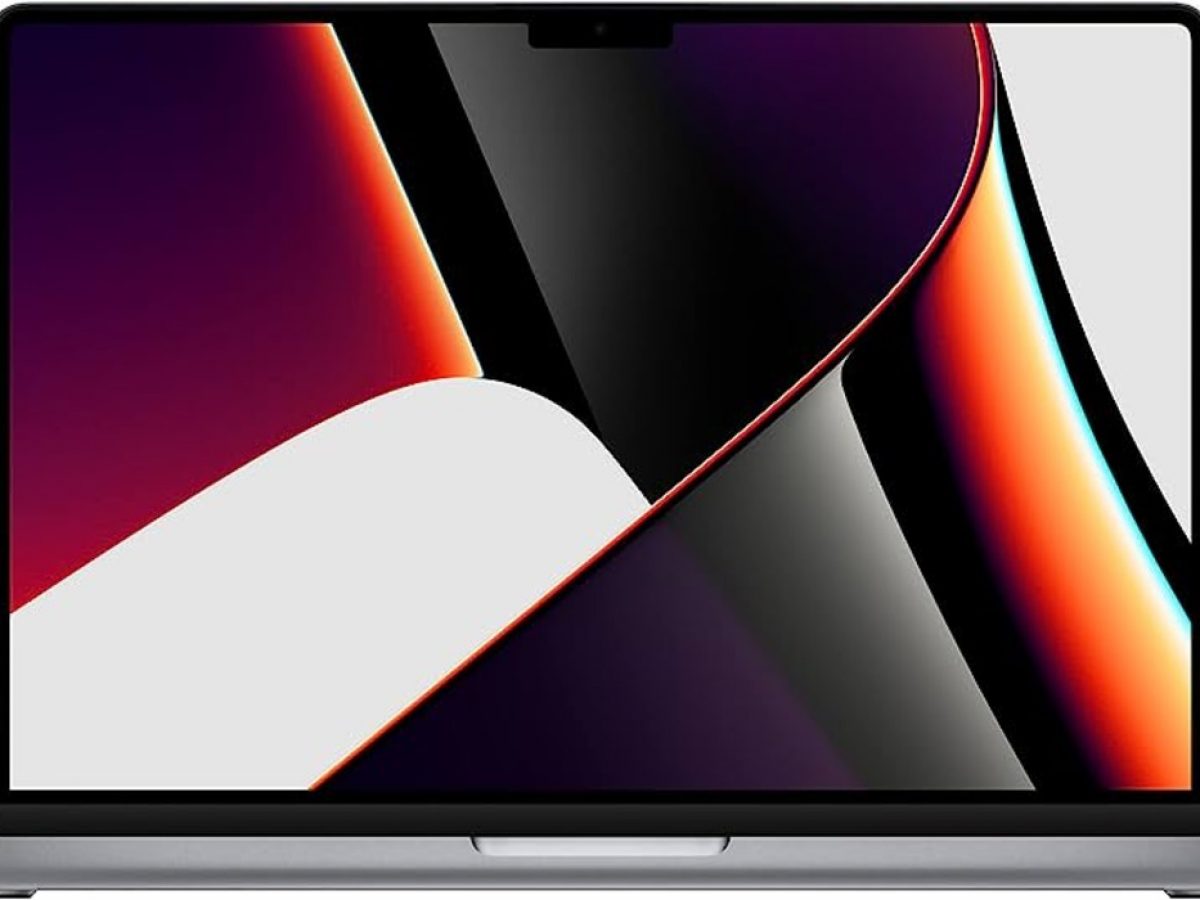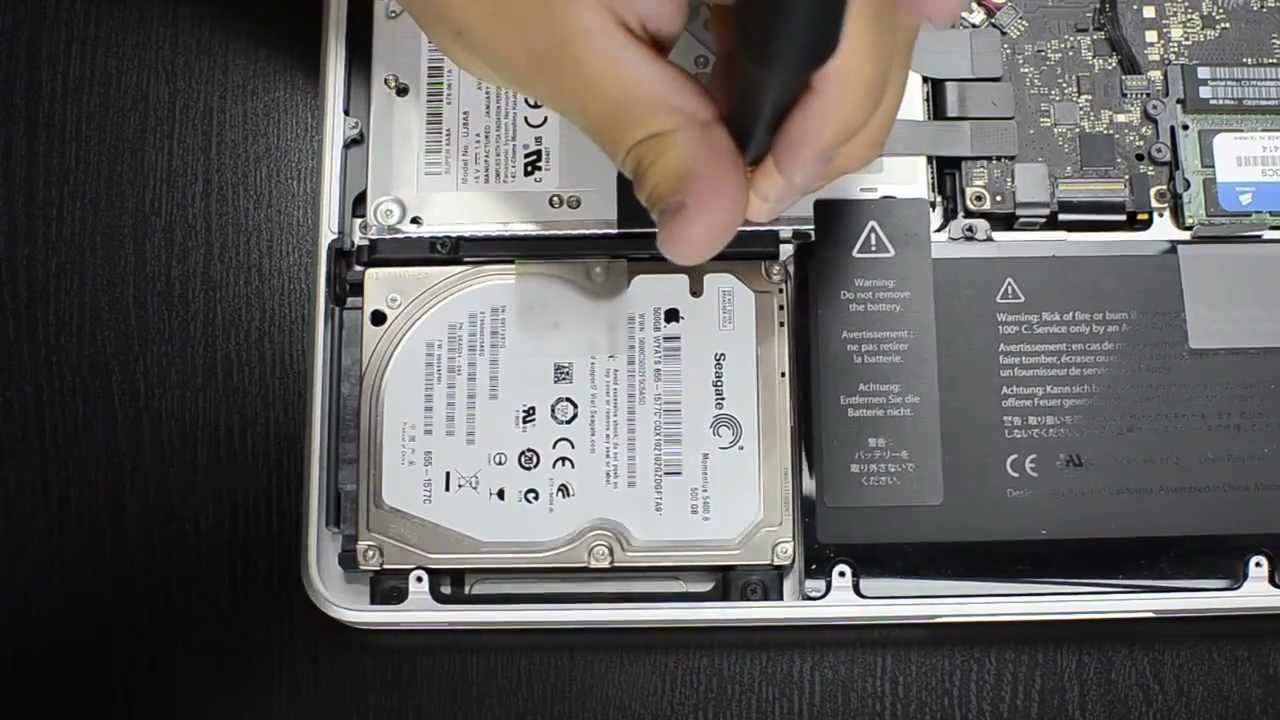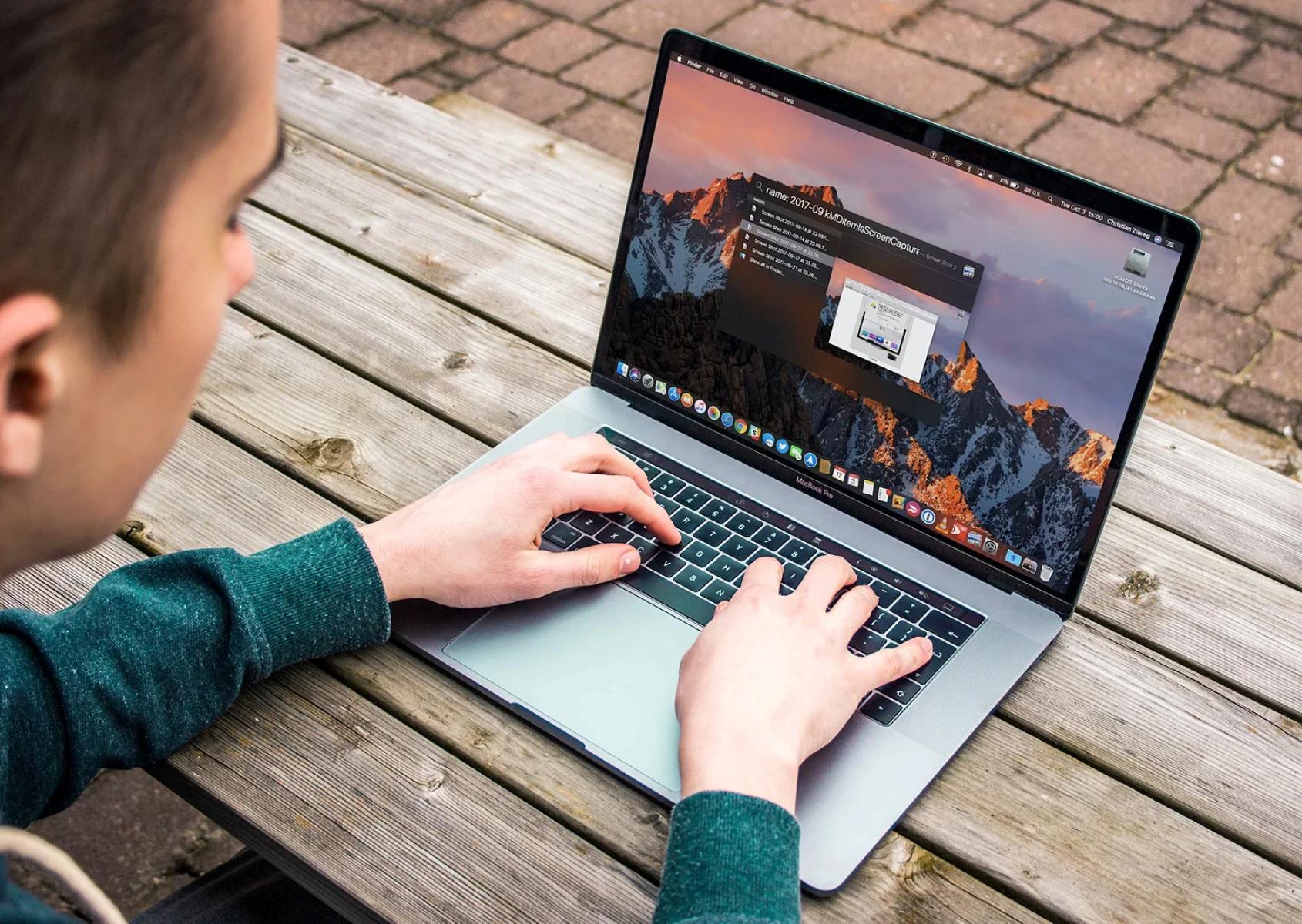Introduction
Welcome to our guide on fixing the issue of your Macbook Pro sleeping when the lid is closed while using an external monitor. Macbook Pro is a popular choice among professionals, and many users prefer to connect external monitors for an extended workspace. However, this setup can cause inconvenience when the laptop goes into sleep mode automatically, disrupting your workflow.
Sleep mode is a power-saving feature that enables your Macbook Pro to conserve energy when idle. Normally, when you close the lid of your Macbook Pro, it enters sleep mode to save power. However, when an external monitor is connected, you’d expect your Macbook Pro to continue functioning as you work with the external display.
Unfortunately, some Macbook Pro models have a default setting that triggers sleep mode when the lid is closed, regardless of the external monitor. This can be frustrating if you rely on the external display as your primary workspace. But don’t worry, in this guide, we will explore various solutions to help you keep your Macbook Pro awake with the lid closed while using an external monitor.
We understand the importance of uninterrupted workflow and the need for a seamless multitasking experience. Whether you are a designer, developer, or content creator, having your Macbook Pro stay awake when connected to an external display can greatly enhance your productivity. Let’s dive into the different solutions and find one that works best for you!
Background: Sleep Mode on Macbook Pro
Before diving into the issue of Macbook Pro sleeping when the lid is closed with an external monitor, let’s take a moment to understand the concept of sleep mode on Macbook Pro.
Sleep mode, also known as “standby” or “hibernation,” is a power-saving feature implemented in Macbook Pro and other laptops. When your Macbook Pro is idle for a certain period of time, it automatically enters sleep mode to conserve energy. This helps extend the battery life and ensures that your laptop is ready to resume quickly when you start using it again.
When you close the lid of your Macbook Pro, it typically triggers sleep mode. The display turns off, and most of the system’s components are put into a low-power state. This allows your Macbook Pro to consume minimal power while preserving the current state of your work.
While sleep mode is essential for power management and convenience, it can be an inconvenience when using an external monitor. By default, Macbook Pro models are configured to enter sleep mode when the lid is closed, regardless of the presence of an external display.
This default behavior can be problematic for users who rely on an external monitor as their primary workspace. For instance, if you’re using your Macbook Pro connected to a larger display with an external keyboard and mouse, closing the lid would inadvertently put your laptop to sleep, interrupting your work or media playback.
Therefore, finding a solution that allows your Macbook Pro to stay awake with the lid closed when connected to an external monitor is crucial for a seamless workflow. In the next sections, we will explore various approaches and possible solutions to address this issue.
Using an External Monitor with Macbook Pro
Connecting an external monitor to your Macbook Pro can greatly expand your workflow and enhance productivity. Whether you need a larger display for detailed design work, multiple screens for multitasking, or a better viewing experience for entertainment purposes, using an external monitor with your Macbook Pro offers you flexibility and convenience.
When it comes to connecting an external monitor, most Macbook Pro models offer different options depending on the available ports. Older Macbook Pro models feature standard USB or Thunderbolt ports, while newer models are equipped with USB-C or Thunderbolt 3 ports. You can connect a variety of monitors, including HDMI, DisplayPort, or VGA, using the appropriate adapter or cable.
Once you’ve connected your external monitor to your Macbook Pro, it’s essential to configure the display settings to optimize your setup. You can customize the arrangement and resolution of your external monitor through the Display settings in the System Preferences.
By default, your Macbook Pro extends the desktop to the external monitor, allowing you to drag windows and applications seamlessly between the two screens. However, you can choose to mirror the displays if you prefer an identical image on both screens.
Using an external monitor with your Macbook Pro not only expands your workspace but also reduces strain on your eyes and increases overall productivity. However, the issue of your Macbook Pro going to sleep when the lid is closed can hinder the seamless experience you desire. Let’s explore the various solutions to this problem in the following sections.
Issue: Macbook Pro Sleeping When Lid is Closed
One of the common issues that Macbook Pro users face when using an external monitor is the laptop going to sleep when the lid is closed. This problem occurs despite having the external monitor connected and in use, disrupting the workflow and causing frustration.
Typically, when you close the lid of your Macbook Pro, the laptop enters sleep mode to conserve power. However, this behavior can be problematic when you rely on an external monitor as your primary workspace. Instead of staying awake and continuing to operate with the lid closed, the Macbook Pro overrides the external monitor and enters sleep mode.
This issue is particularly prevalent in certain Macbook Pro models with default configurations that prioritize sleep mode when the lid is closed, regardless of the presence of an external monitor. As a result, users may experience frequent disruptions, such as paused media playback, interrupted downloads, or the need to repeatedly wake the laptop when they want to use it with the external monitor.
The inability to keep your Macbook Pro awake with the lid closed while using an external monitor can significantly impact your productivity and workflow. The good news is that there are several solutions that can help you overcome this issue. In the next sections, we will explore these solutions and guide you through the steps to resolve the problem.
Possible Solutions
Addressing the issue of your Macbook Pro sleeping when the lid is closed while using an external monitor requires finding a suitable solution that allows you to keep your laptop awake and functioning seamlessly. In this section, we will explore several potential solutions to overcome this problem.
It’s important to note that the effectiveness of each solution may vary depending on your specific Macbook Pro model and operating system version. It’s recommended to try the solutions in the order presented and see which one works best for you.
Solution 1: Modify Energy Saver Settings
One approach to resolving the issue is to modify the Energy Saver settings on your Macbook Pro. By adjusting certain settings related to power management, you can potentially prevent your laptop from going to sleep when the lid is closed with an external monitor.
Solution 2: Utilize Magnet or App
If modifying the Energy Saver settings alone doesn’t solve the problem, you can explore the use of third-party applications that enable you to control the behavior of your Macbook Pro when the lid is closed. One popular option is using a magnet or a dedicated app that mimics the magnet functionality. These tools trick your Macbook Pro into thinking that the lid is closed, even when it’s open, allowing you to keep it awake.
Solution 3: Use Terminal Commands
For advanced users comfortable with the command line interface, another solution involves using Terminal commands to disable sleep mode when the lid is closed. This method allows you to modify specific system settings, overriding the default behavior and keeping your Macbook Pro awake with the lid closed.
These are some of the potential solutions to address the issue of your Macbook Pro sleeping when the lid is closed while using an external monitor. In the following sections, we will provide detailed instructions for each solution, guiding you step-by-step through the process to help you resolve this inconvenience.
Solution 1: Modify Energy Saver Settings
Modifying the Energy Saver settings on your Macbook Pro can be an effective solution to prevent the laptop from sleeping when the lid is closed with an external monitor. By adjusting certain power management settings, you can customize the behavior of your Macbook Pro and ensure it stays awake when connected to an external display.
To modify the Energy Saver settings, follow these steps:
- Open the Apple menu by clicking on the Apple logo in the top left corner of your screen.
- Select “System Preferences” from the dropdown menu.
- In the System Preferences window, click on “Energy Saver.”
- Make sure you’re on the “Battery” or “Power Adapter” tab, depending on your current power source.
- Uncheck the box next to “Put hard disks to sleep when possible.”
- Adjust the “Turn display off after” slider to a longer duration or select “Never” if you prefer.
- Check the box next to “Prevent computer from sleeping automatically when the display is off.”
Once you’ve made these changes, your Macbook Pro should stay awake when the lid is closed, even when using an external monitor. However, keep in mind that modifying these settings may impact power consumption and battery life, so it’s important to find a balance that suits your usage needs.
If you’re experiencing any difficulties or the issue persists, it may be helpful to try one of the alternative solutions we’ll discuss next.
Solution 2: Utilize Magnet or App
If modifying the Energy Saver settings alone doesn’t resolve the issue of your Macbook Pro sleeping when the lid is closed with an external monitor, you can explore alternative solutions using a magnet or a dedicated app.
One popular option is to utilize a physical magnet or magnet-like object and place it near the magnetic sensor on your Macbook Pro. This can trick your laptop into thinking that the lid is closed, even when it’s actually open. By doing this, you can prevent your Macbook Pro from entering sleep mode when using an external monitor.
If you prefer a software-based solution, there are third-party apps available that can mimic the effect of a magnet. These apps simulate the magnetic sensor behavior and allow you to keep your Macbook Pro awake with the lid open and connected to an external monitor.
To utilize Magnet or a similar app, follow these steps:
- Go to the App Store on your Macbook Pro.
- Search for a magnet app (e.g., “Magnet,” “NoSleep,” etc.).
- Download and install the app of your choice.
- Launch the app.
- Follow the instructions provided by the app to configure its settings.
- Enable the app to keep your Macbook Pro awake with the lid open.
Using a magnet or an app to trick your Macbook Pro into thinking that the lid is closed can be an effective solution for keeping it awake while using an external monitor. However, keep in mind that using a physical magnet may interfere with other sensors or components in your laptop, so exercise caution when applying this solution.
If Solution 2 doesn’t work or isn’t suitable for your needs, continue to the next section to explore an alternative approach using Terminal commands.
Solution 3: Use Terminal Commands
If modifying the Energy Saver settings and utilizing a magnet or app didn’t resolve the issue of your Macbook Pro sleeping when the lid is closed with an external monitor, you can try using Terminal commands to override the default behavior.
Using Terminal commands gives you more control over specific system settings and can help you keep your Macbook Pro awake with the lid closed. However, this method requires some technical knowledge and familiarity with the command line interface. Proceed with these steps if you feel comfortable with using Terminal:
- Open the Terminal application on your Macbook Pro. You can find it in the Utilities folder within the Applications folder, or you can use Spotlight search to locate it.
- Enter the following command and press Enter:
sudo pmset -a lidwake 0 - You will be prompted to enter your administrator password. Type it in and press Enter.
- Next, enter the following command and press Enter:
sudo pmset -a lidwake 1 - Again, you’ll need to enter your administrator password and press Enter.
- Restart your Macbook Pro to apply the changes.
By using these Terminal commands, you can modify the lidwake setting, which determines the laptop’s behavior when the lid is closed. Setting it to 0 disables waking up the Macbook Pro when the lid is opened, while setting it to 1 enables it.
Keep in mind that using Terminal commands can have an impact on other system settings, so it’s important to proceed with caution. If you encounter any issues or the problem persists, it may be worth seeking further assistance or exploring additional solutions.
Now that we’ve explored different solutions to combat the issue of your Macbook Pro sleeping when the lid is closed with an external monitor, let’s wrap up and summarize everything we’ve covered so far.
Conclusion
We’ve discussed the frustrating issue of a Macbook Pro sleeping when the lid is closed while using an external monitor. This problem can disrupt workflow and cause inconvenience for users who rely on the external display as their primary workspace.
Throughout this guide, we’ve explored various solutions to address this issue. First, we looked into modifying the Energy Saver settings to customize the behavior of your Macbook Pro. By adjusting specific power management options, you can prevent the laptop from entering sleep mode when the lid is closed, allowing for uninterrupted use of an external monitor.
If modifying the Energy Saver settings alone doesn’t solve the problem, we discussed the option of utilizing a physical magnet or a dedicated app that mimics the magnet functionality. These methods trick your Macbook Pro into staying awake, even with the lid open.
For users comfortable with the command line interface, we explored using Terminal commands to override the default behavior and keep the Macbook Pro awake with the lid closed. This method provides more control over system settings but should be approached with caution.
It’s essential to note that the effectiveness of each solution may vary depending on your specific Macbook Pro model, operating system version, and other factors. It’s advisable to try the solutions in the order presented and test which one works best for your setup.
If you’re still experiencing difficulties or the problem persists, consider reaching out to Apple support or consulting online forums for further assistance. Remember that technology is constantly evolving, and future updates or configurations may provide additional solutions or workarounds.
We hope this guide has helped you overcome the issue of your Macbook Pro sleeping when the lid is closed with an external monitor. By implementing the appropriate solution, you can enjoy a seamless workflow, enhanced productivity, and an uninterrupted computing experience.
Remember to periodically review and adjust your settings based on your changing needs and preferences. Happy working with your Macbook Pro and external monitor setup!







